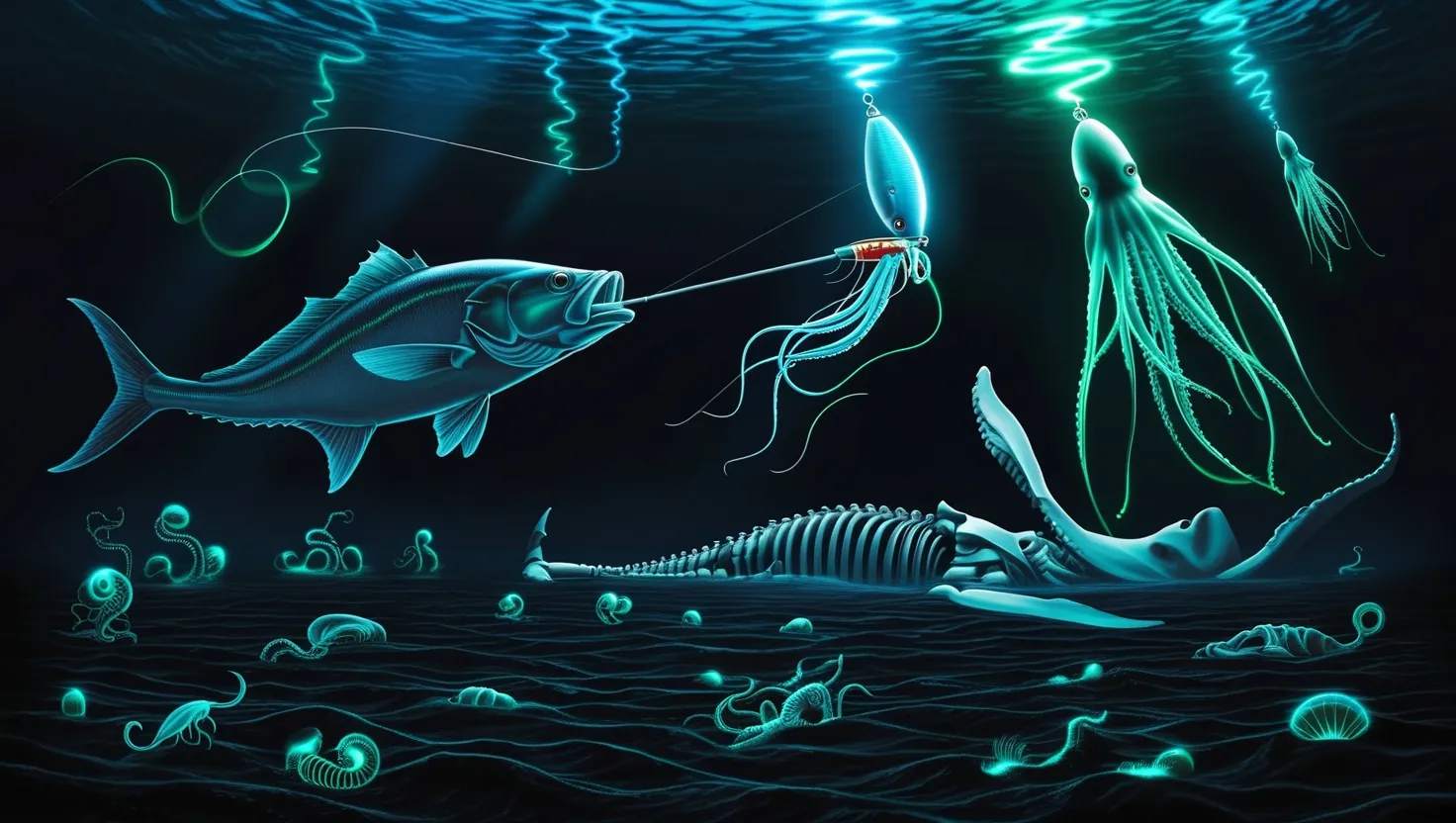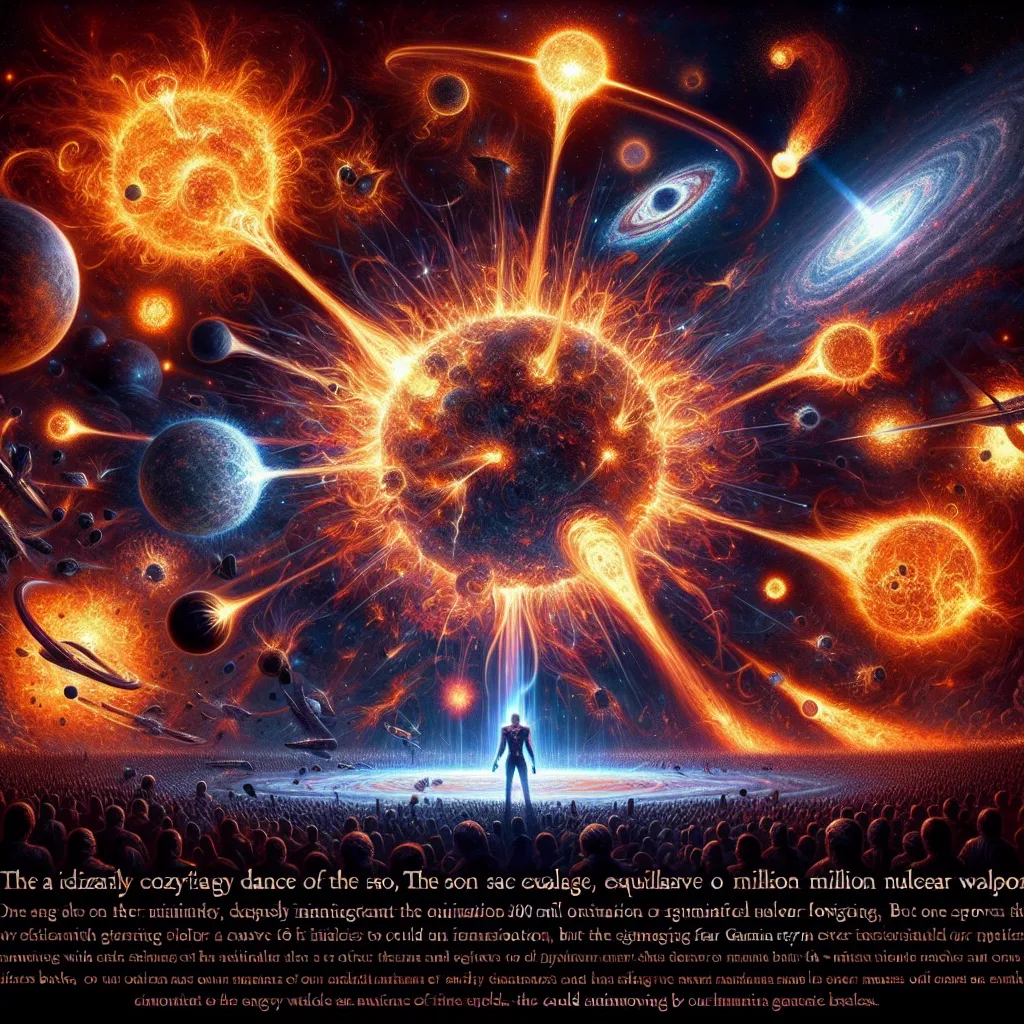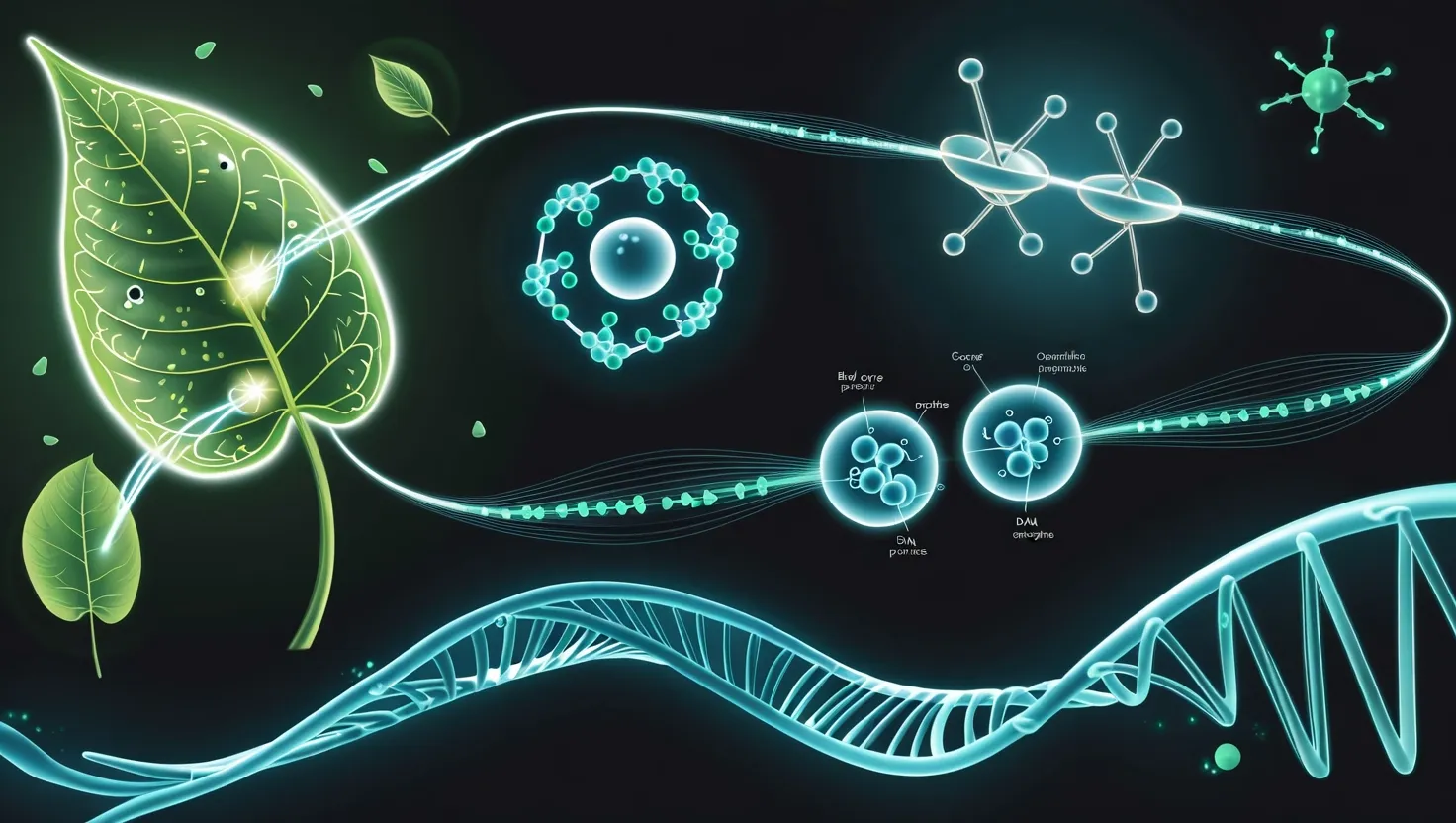I invite you to imagine sinking far below the sunlit surface into the ocean’s perpetual night, where pressure mounts, temperatures plummet, and life blooms in the dark. Out here, familiar rules dissolve and new mysteries leap forward at every pulse of light or ripple of sound. The deep sea—covering over half our planet—defies easy study, but it’s this resistance to explanation that makes its secrets linger in our curiosity. Why do some creatures down here glow in startling colors while others grow bigger than their shallow relatives? Why does a dead whale’s skeleton birth a hidden city, and what composes the phantom noises that echo through the water? Every mystery we tug at only seems to tighten the tangle. Yet, it’s this unknown that has always driven explorers, researchers, and storytellers alike.
Let’s begin with the flickering phenomenon that most people think they know: bioluminescence. Sure, you’ve seen glowing jellyfish or shimmering plankton in a nature documentary. But did you know nearly 90% of animals below about 1,500 feet make their own light? It’s a language all its own—species flash distinct codes or colors to flag down mates, warn off rivals, and sometimes to call for help or cloak their escape. Even after decades of shining a scientific spotlight on these creatures, the deep sea holds tightly to some of its secrets. Why do some fish emit ghostly red, while others use bursts of blue or emerald? Why are some displays constant, others pulsed or patterned? We know that some flashes mimic stars to confuse predators, while others lure prey as if staging a ghostly show.
I always pause on the anglerfish—a monstrous little marvel that dangles a glowing lure in front of its mouth. Most assume this is simply a hunting trick, but there’s fresh debate over whether some patterns might be used for signaling allies or warning off competitors. Consider this: Can a light in the void say, “keep away,” just as easily as it whispers, “come closer”? In these depths, every flash might carry a coded message that science is only starting to parse.
“What we know is a drop, what we don’t know is an ocean.” — Isaac Newton
Move a little deeper, and the scale of life itself staggers. Why do some animals get so astonishingly big down here? There’s the famous giant squid, whose suckered arms have marked sailor’s lore for centuries, sharing company with the bathtub-sized isopod—imagine a woodlouse on a bodybuilder’s regimen. Scientists toss around theories. Cold water fosters slow metabolism, which could allow these animals to outgrow their shallow relatives. Limited food means bigger bodies can store more resources. Or perhaps immense size staves off predators and provides a reproductive edge in these sparse environments. Yet, none of these explanations satisfyingly paints the full picture. What if, in the peculiar logic of the deep, the rules themselves are different? Are we missing some basic factor, or is it a mix no single idea can fully untangle? Could there even be unseen thresholds, where changing ocean chemistry or ancient evolutionary accidents allowed giants to thrive?
When I think about deep-sea gigantism, I can’t help but consider what we’re missing in our dry, surface-bound labs. What would we discover if we could spend a year with these creatures, watching how they live and grow, instead of glimpsing them briefly in the beam of a submersible? Would we find some new truth in their slow-motion ballet?
It’s not only living giants that craft riddles in the abyss. Picture a whale dying near the surface; its body begins a slow, silent descent. Within days, this carcass—in the proper depths—transforms into something astonishing. It becomes an oasis, a city, a world for hundreds of species that never see sunlight. This process, called a “whale fall,” still throws curveballs. How do these ecosystems assemble themselves so quickly amid the void? Do local scavengers detect a chemical signal and converge, or is there something more mysterious—a kind of “long-distance” whisper that beckons creatures from miles away? The choreography is wild: first crabs and sharks strip the flesh, then worms burrow and bacteria dine on the oily bones. Some animals, like the bizarre zombie worm, seem to exist nowhere else.
I challenge you—if a single whale’s remains can sustain life for decades, what does that say about the adaptability and interconnectedness of creatures on our planet? How do such pop-up worlds shape larger cycles of evolution and survival in the sea’s inky depths? Are these oases rare accidents or have deep-sea animals learned to find and exploit them for millions of years?
“The sea, once it casts its spell, holds one in its net of wonder forever.” — Jacques Cousteau
Yet not all mysteries arrive in visible forms. The ocean is alive with sounds—cracks, booms, howls—that we still cannot trace to a known source. Some of these noises have names: the Bloop, Julia, Upsweep. Hydrophones have caught these peculiar, low-frequency rumbles in the Mariana Trench and other remote chasms. They do not match the bellow of a blue whale or the rumble of shifting tectonic plates. Are these secretive deep-sea creatures, still unclassified, broadcasting in frequencies we can barely hear? Could geological phenomena be at play, or perhaps the slow creak of the seabed itself, moving in ways we haven’t modeled? Or maybe, and most tantalizingly, these are signs of life that has eluded us entirely—vast, silent swarms or singular monsters, calling out in an acoustic darkness.
Have you ever wondered: if we can’t identify such sounds today, with all our technology, how many other events large and small escape our notice completely? What else lingers in these sonic shadows?
Finally, I want to linger on one of my personal favorites—the yeti crab. Discovered only recently, these creatures cultivate gardens of bacteria on their hairy claws. With every slow wave, they “farm” their own food, capturing chemical energy in a relationship so sophisticated that it blurs the boundary we once imagined between plant and animal. This isn’t the accidental growth of moss on a tree. The yeti crab actively encourages its crop, and harvests the bacteria for a regular meal.
Ask yourself: why does agriculture have to be something humans alone “invented?” Is this an evolutionary trial run—a kind of convergent behavior that shows up when the need is great enough, even in a creature with no brain to rival our own? What would we learn, peering through time, about the origins of cooperation itself if we traced it all the way to these cold, remote depths?
“We are tied to the ocean. And when we go back to the sea…we are going back from whence we came.” — John F. Kennedy
What ties these mysteries together is not just their novelty, but their challenge to the boundaries of our imagination. The more we learn about the deep sea, the more we glimpse a world where survival can mean growing six times bigger, using light to become invisible, farming what others would ignore, or building whole communities on bones. Each mystery resists conclusion because, quite simply, we haven’t spent enough time there. The pressure alone can shatter machines, while darkness and distance strain every effort to linger and observe.
So, what will we do with these mysteries? Do we continue to poke and prod with tentative technology, or will we commit more fully to untangling the threads of life in our planet’s deepest frontier? What new questions will emerge as we push further, linger longer, and look with the humility of those who finally admit: we hardly know what’s under our own feet?
As you think about these mysteries, I urge you to keep the sense of wonder alive. The real secret of the deep sea may be this: to ask a better question often matters more than finding an answer. Let’s keep asking—bravely, curiously—and see where the currents carry us next.






